
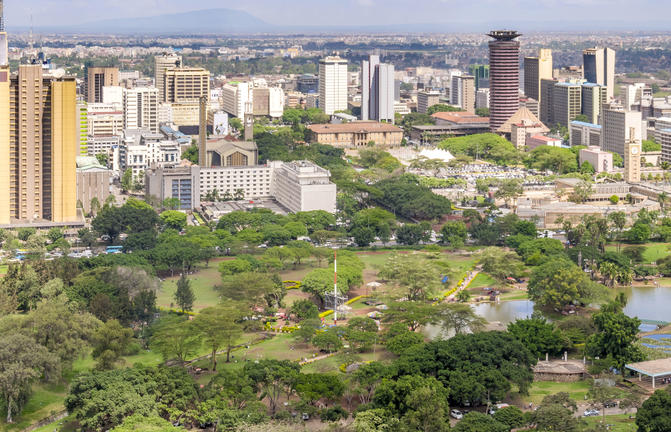
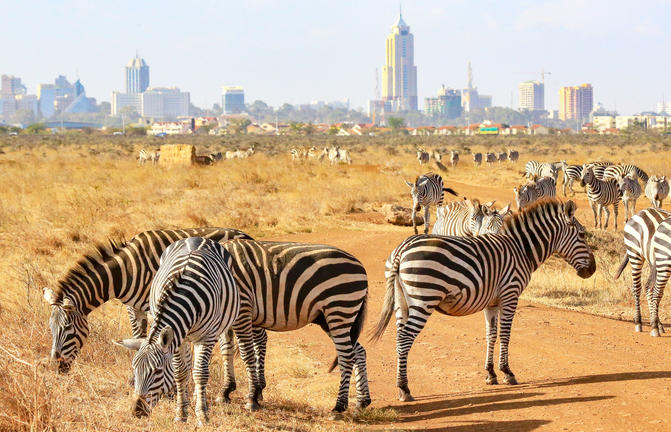

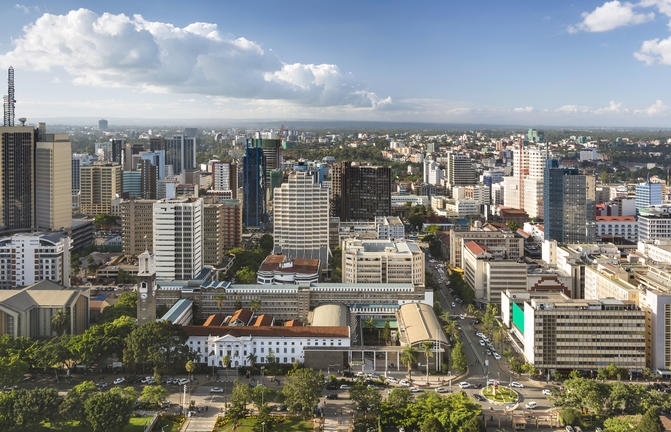
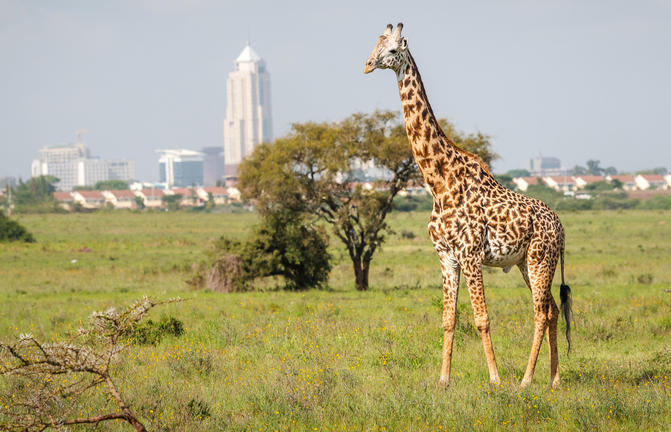
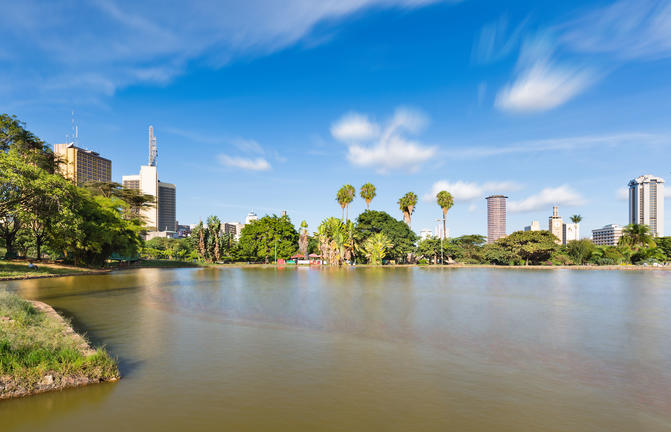

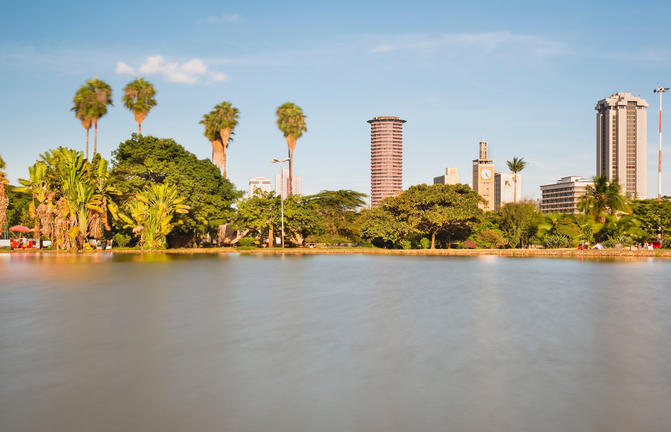
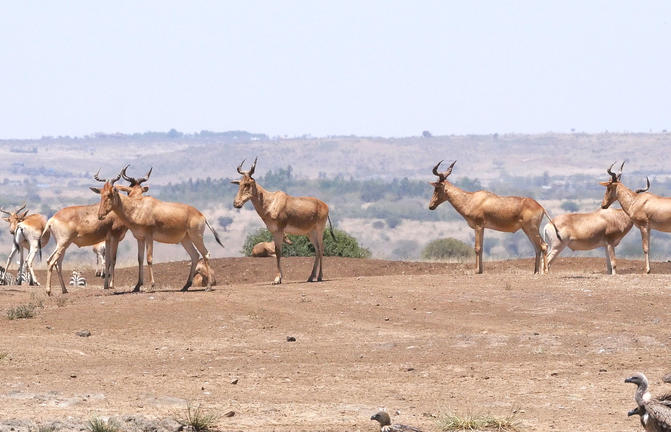
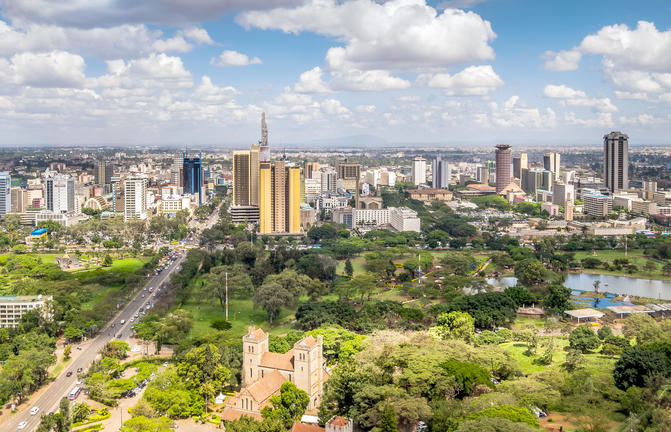
Situated along the Nairobi River in beautiful Kenya, the capital of Nairobi is East Africa's most cosmopolitan city. It serves as an excellent starting point for African safari trips around Kenya. Nairobi is Africa’s 4th largest city and is a vibrant and exciting place to be. There are some fascinating attractions: its cafe culture, unbridled nightlife, the National Museum, the Karen Blixen Museum and most notably, just 20 minutes from the city centre, wild lions and buffalo roam in the world’s only urban game reserve. Make sure you pay a visit to the elephant orphanage operated by the David Sheldrick Wildlife Trust for a once in a lifetime experience.
Elmenteita, meaning ‘place of dust’, is a photogenic, little soda lake situated in Kenya’s Great Rift Valley. Famously attracting many visiting flamingos as well as many other birds, it has been named as a World Heritage Site for its prolific birdlife. This is where Kenya’s most famous settler Lord Delamere lived and he was responsible for much of Kenya’s early agricultural experimentation in this fertile area; it is still inhabited by some of his descendants. The shores are often filled with wildlife and the surrounding forests are perfect for long walks and bird watching. Visitors can look forward to visiting the idyllic Kekopey hot springs, game viewing along the lake’s edge, and numerous other activities. Look out for eland, kudu, zebra, gazelle, and warthog families.
















Situated in southwestern Kenya, the Masai Mara encompasses the celebrated national reserve and its surrounding community conservancies, forming part of the Greater Serengeti–Mara ecosystem. Rolling savannahs, dotted with acacia trees and crossed by the Mara River, create a rich and varied landscape. Vast herds of wildebeest, zebra, and antelope graze across the plains, while elephants, giraffes, and buffalo roam freely. The river’s lush banks support hippos and crocodiles and sustain wildlife throughout the dry season. Predators are abundant, with lions, leopards, cheetahs, and hyenas regularly seen in action. Each year, the spectacular Great Migration transforms the region, as millions of wildebeest and zebra traverse the plains. Visitors can soak up the breathtaking scenery, diverse wildlife, and Maasai cultural heritage in one of Africa’s most iconic safari destinations.
Tucked quietly between two of Tanzania’s most dramatic landscapes, Usa River—known locally as Ussa—is a small town resting between Ngurdoto Crater and Arusha National Park at the foot of Mount Meru. The surrounding countryside is a patchwork of farmland, coffee estates, and forested slopes dotted with small villages. Within the town, lively markets line the roads, filled with fresh produce, textiles, and handmade crafts. Visitors can cycle between Usa River and the nearby market town of Tengeru through farmland and villages, passing shaded and open areas that reveal local life, schools, and community centres for a relaxed, immersive cultural experience. Nearby trails lead to the Usa Springs Forest Reserve - also known as Kibola Forest - and the Meru Waterfalls, both known for scenic walks and rich birdlife. Dotted with eco-lodges and comfortable guesthouses, this gateway town is an ideal base for exploring the surrounding Lake Duluti, Arusha National Park, and the wider landscapes of northern Tanzania.
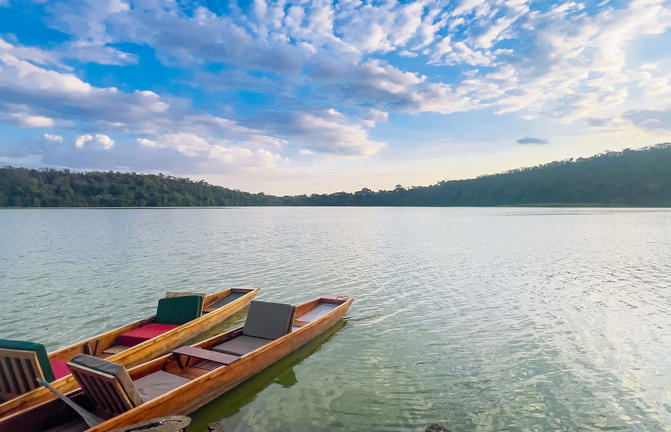
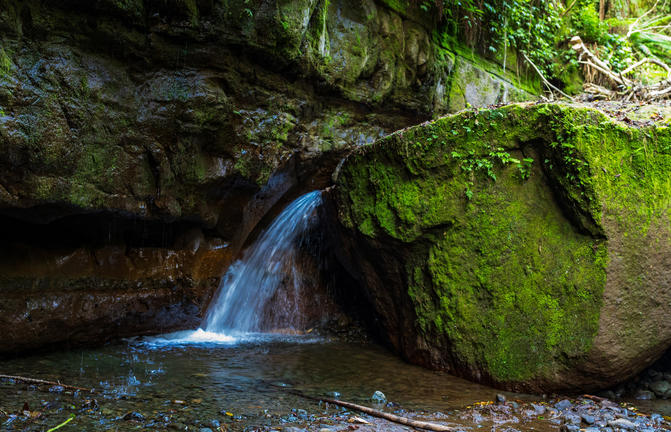
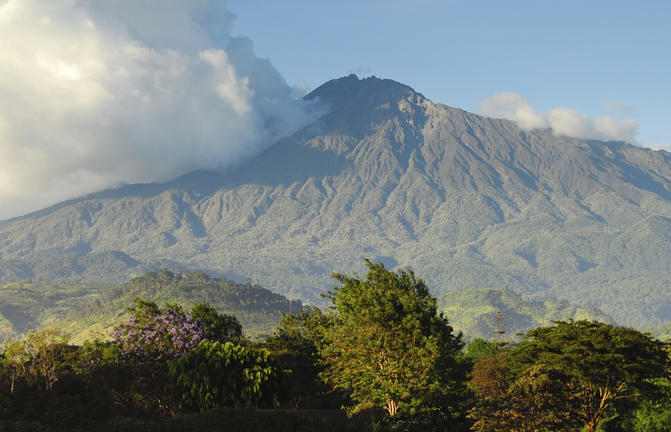
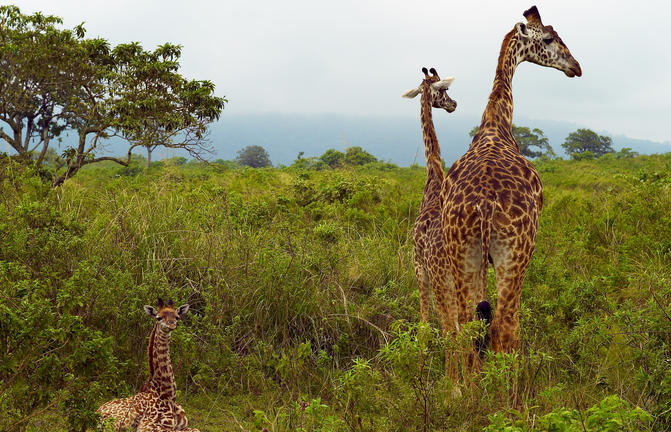
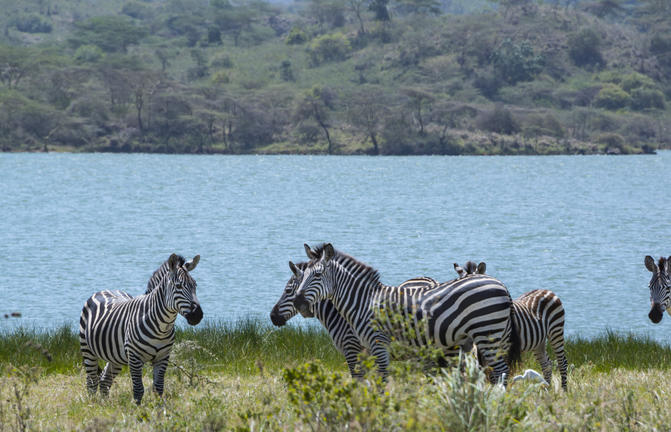
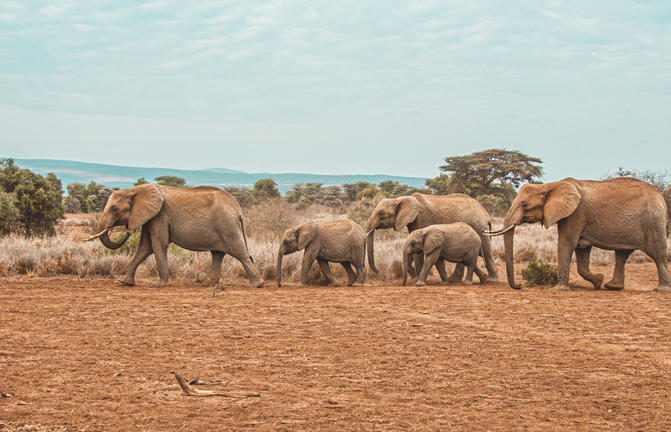
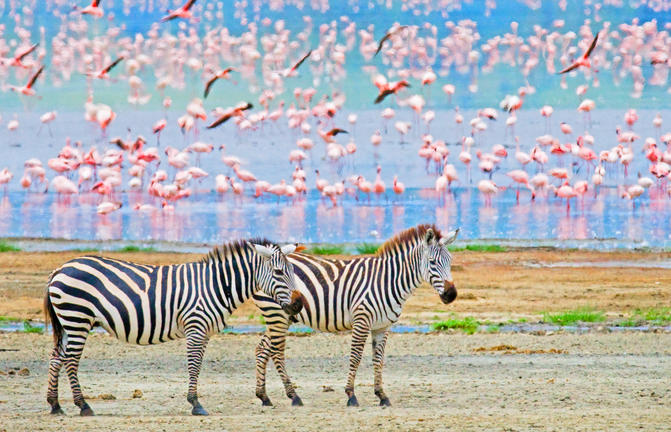
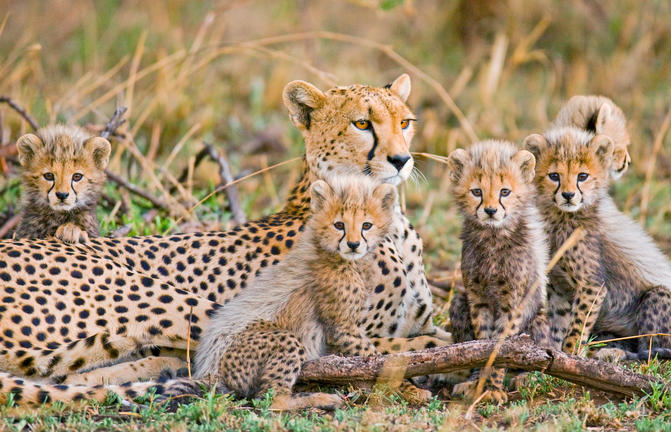


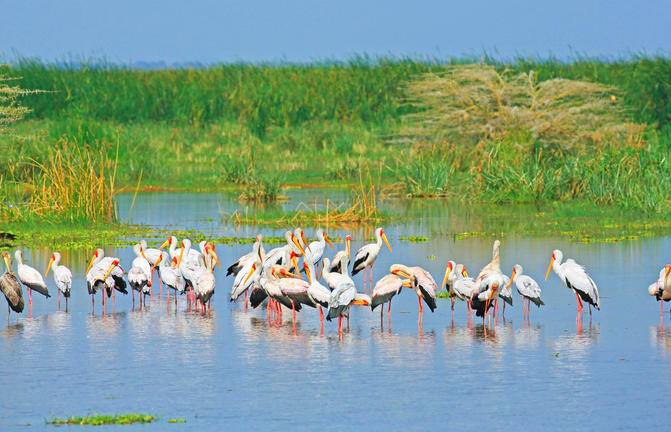
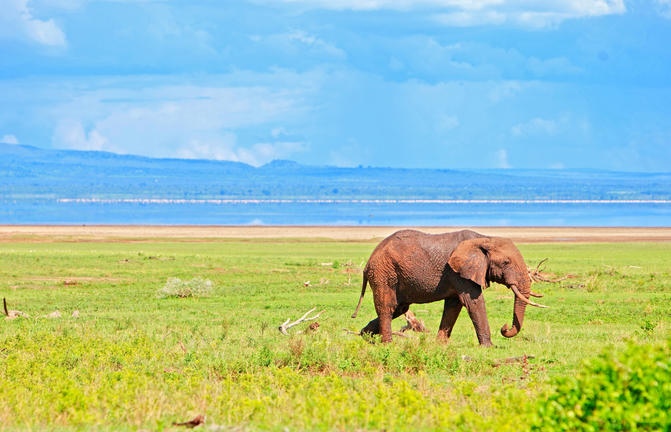
Bordering the Lake Manyara National Park in the Arusha Region of Tanzania, the village of Mto wa Mbu lies the East African Rift Valley. It serves as a convenient stopover for tourists visiting the Serengeti National Park, Ngorongoro Crater, and Tarangire National Park. Visitors can look forward to an authentic cultural experience which could include visiting a traditional home, sampling banana beer, enjoying a delicious Tanzanian meal, and browsing the weekly Maasai Market. The village is set within two wildlife corridors and a variety of animals can be spotted in the area. Look out for giraffe, elephant, hippo, wildebeest, baboon, zebra, and monkey. Other popular activities include walking, hiking, and biking tours.
Northern Tanzania's Southern Serengeti, together with Kenya’s Masai Mara Game Park, form Africa’s most famous wildlife park. The image of acacia trees on an endless grass plain epitomises Africa for many. The annual wildebeest migration through the Serengeti and the Masai Mara is the largest mass movement of land mammals on the planet – with more than a million animals following the rains. Large prides of lions, and herds of elephants, giraffes, gazelles, and eland can be seen, making for some phenomenal photography opportunities. Hot air balloon rides provide further inspiration. Visitors can also look forward to cultural tours to delve into the rich heritage of the Masai people.






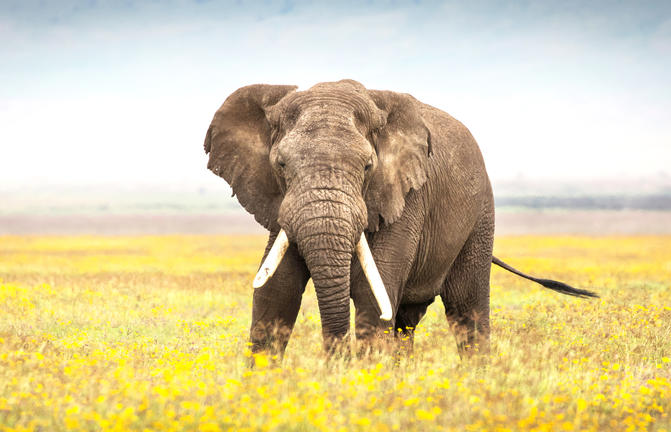
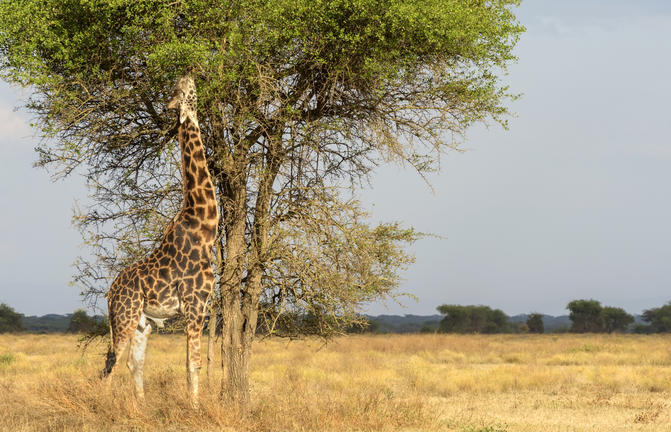
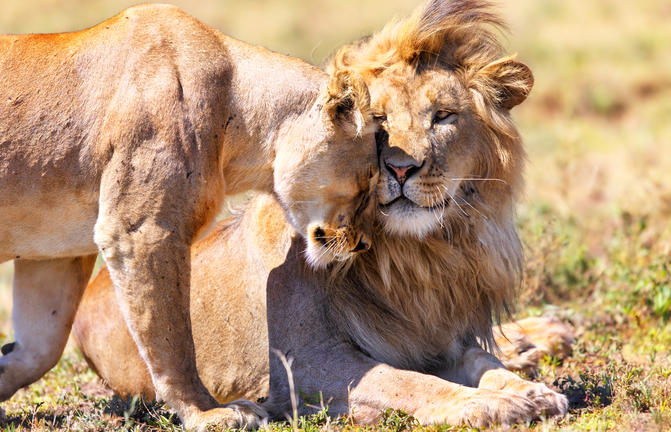
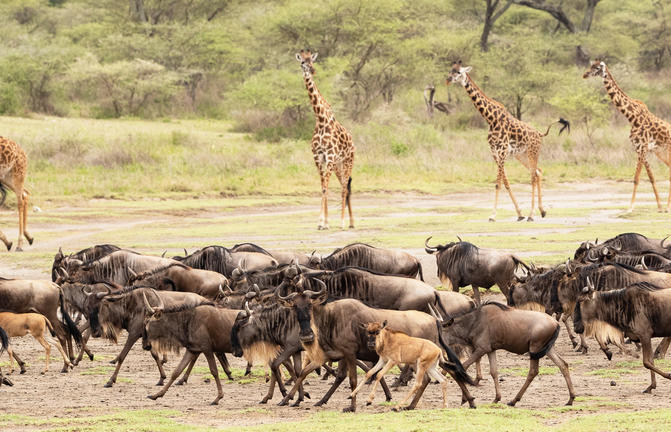
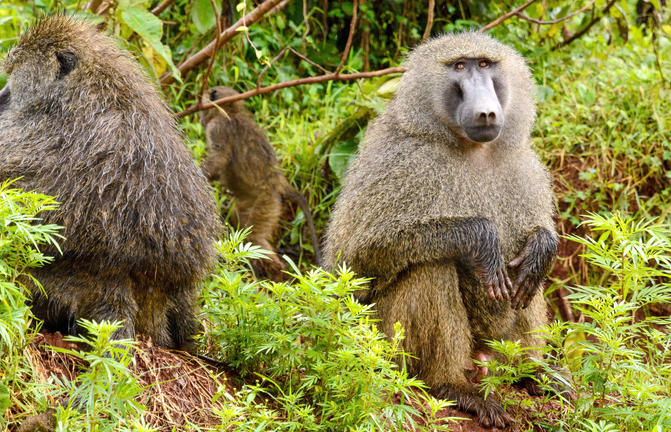
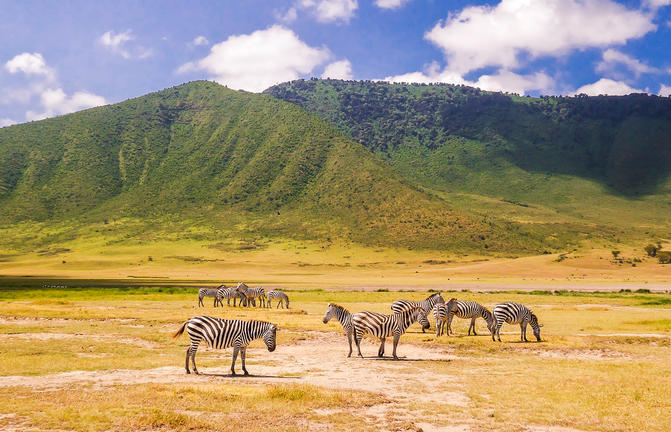
Travellers heading for the Serengeti and Ngorongoro Crater will pass through the town of Karatu in the green hills of Tanzania’s northern highlands. Presided over by the towering Ol Deani Volcano, this small, colourful town serves as a popular overnight stop for visitors exploring the area’s many game parks. The town offers a variety of activities including browsing the bustling marketplace, sampling beer at a local brewery, visiting a traditional homestead, or taking a guided walk through the Ngorongoro Forest in search of waterfalls and caves. Whether you are looking for cultural tours, hiking and biking opportunities, a chance to enjoy an authentic rural Tanzania experience, or simply a break between safari game drives, this underrated town has plenty to offer.



